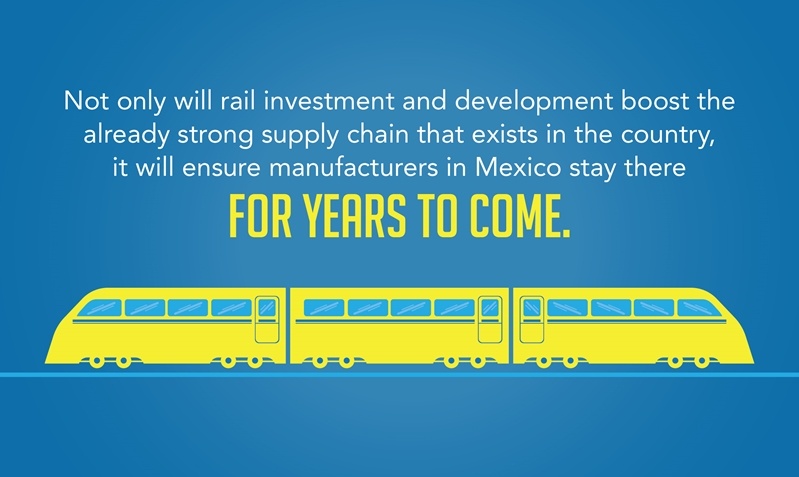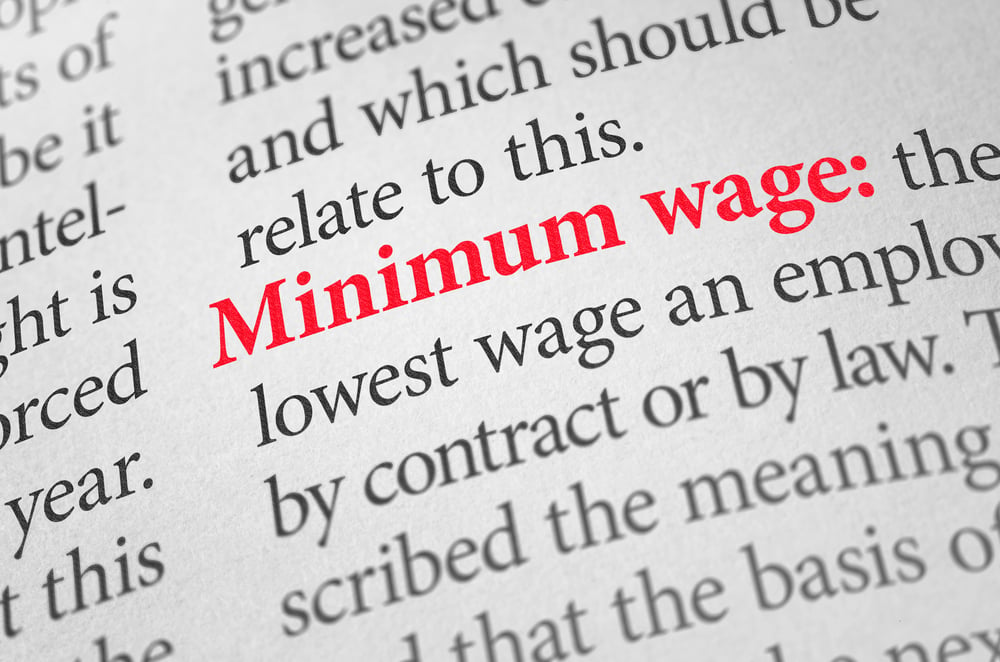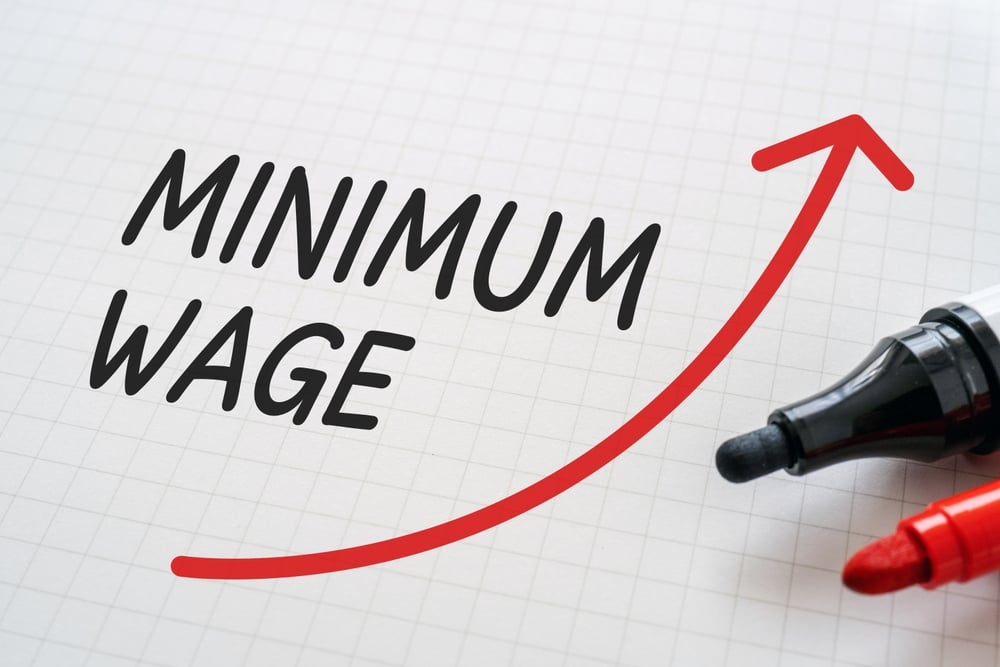Since the signing of the North American Free Trade Agreement in 1994, Mexico has quickly emerged as a prime manufacturing location in the world. In fact, Deloitte shared data that revealed in 2015, Mexico became the world's third-largest auto producer. Overall trade as a percentage of the country's gross domestic product now exceeds at least 60 percent, which is more than Brazil and close to surpassing China.
There are a number of indicators that have sparked the growth of this highly profitable sector. Many Free Trade Agreements have helped establish Mexico as one of the most liberalized countries in the world, in terms of trade. Moreover, Mexico opened its doors to foreign investment when it reformed its constitution to open its energy sector to private markets. In addition to these two fundamental policies, the country has prioritized manufacturing and ensured that the nearshore advantages of doing business there would be plentiful.
While each of these factors is important, transportation is a key component businesses must consider before manufacturing in Mexico or any other foreign country. The good news is Mexico's progress and investment in creating a strong transportation network in the country speaks both to the advantages of manufacturing there as well as the continued prosperity of its industrial sector.
One area of transportation that has experienced rapid growth in recent years throughout the country is rail, which is a crucial component of a healthy manufacturing economy.
 Rail investments adds to the offshoring advantages of manufacturing in Mexico.
Rail investments adds to the offshoring advantages of manufacturing in Mexico.
A Broader Look at Transportation Investment
While rail is top of mind for manufacturers, investors and the Mexican government alike, it is first important to understand the impact manufacturing growth has had on the country's focus on transportation overall. According to PwC, Mexico's goal for 2030 is to rank in the top 20 percent of the World Economics Forum's Infrastructure Competitiveness Index. While this objective may seem lofty, the country has made moves that have made the objective quite attainable.
In 2013, President Enrique Pena Nieto launched the Communication and Transportation Infrastructure Investment Plan, PwC noted. Since then, upwards of 12,000 miles of the national road system were upgraded and expanded. As a result, 90 percent of the country's roads now meet international standards.
"Every percentage point of GDP invested in infrastructure generates additional economic growth of 0.3 percent."
The economic impact of infrastructural development, particularly in terms of transportation, is what has motivated the Mexican government to take investment so seriously. In fact, Inbound Logistics shared insight from Felipe Calderon, former Mexican president, who cited data that revealed every percentage point of GDP invested in infrastructure generates additional economic growth of 0.3 percent. To maintain this economic momentum, Area Development wrote Mexico intends to invest more than $100 billion in transportation infrastructure through 2018.
Investment in Rail: A Sign of Progress
Businesses looking for evidence that transportation infrastructure continues to grow in Mexico need look no further that its rapidly expanding rail system. According to PwC, Mexico's existing railway system consists of 26,727 km of railways, many of which link to major seaports. Additionally, the Union Pacific Railroad and Kansas City Southern de Mexico comprise more than 3,100 miles of track that connect industrial areas in northeastern and central Mexico with the port cities of Lazaro Cardenas, Tampico and Veracruz.
The Union Pacific Railroad continues to grow, too, which is a positive sign manufacturing in Mexico and the resulting infrastructural investment in transportation continue to rise. As the Journal of Commerce reported, a growing business climate on of UP's prime destinations in North Laredo, Texas, has earned a $90 million expansion for the facility. The first phase of that project, scheduled for completion in 2016, includes the acquisition of approximately 37 acres, the opening of a new entrance, installation of an automated gate system, and construction of new buildings on the site. In addition to growing investment in the UP, Kansas City Southern opened a new state-of-the art terminal in Wylie, Texas, after 23 months of construction and more that $64 million in investment.
The Supply Chain Differentiator
It is important to understand one of the key qualities of Mexico that differentiates the country from other manufacturing destinations: supply chain efficiency. While China was formerly considered the manufacturing mecca of the world, Mexico has emerged as the more desirable location due to its close proximity to high-demand markets coupled with its thriving industrial sector and highly skilled workforce.
According to a recent survey by AlixPartners, more than 40 percent of executives indicated nearshoring is a possibility whereby their companies could better serve U.S. demand. Moreover, of those who indicated they were leaning toward the benefits of manufacturing closer to home, 86 percent already have plans to do so within the next two to three years.
It makes sense that, considering the rising cost of logistics and transportation worldwide, companies see value in manufacturing closer to the markets they serve. Mexico's export patterns highlight this need. As Global Trade pointed out, 80 percent of the cars produced in Mexico are exported to other countries, two-thirds of which land in the U.S. This is a strong indicator that, in order to accommodate the market of consumers in the U.S. who want cars, manufacturers are moving offshore to Mexico, where they can tap into solid infrastructure, a low-cost workforce and a more efficient, cost-effective supply chain than they would have access to in China. In order to maintain its competitive advantage on the supply chain, Mexico has prioritized transportation infrastructure, and invested more heavily into rail.
From investing in education to maintaining positive trade relations with neighboring countries, the Mexican government has created a manufacturing environment that is appealing to companies that want to make strategic decisions. Rail infrastructure is essential to the prosperity of any country's manufacturing sector. This is especially true for Mexico, a nation that has thrived off offering numerous offshoring advantages to U.S. businesses as well as forming a strong, trade-induced partner with its northern neighbor.
Not only will rail investment and development boost the already strong supply chain that exists in the country, it will ensure manufacturers in Mexico stay there for years to come.
Subscribe
Sign up and stay informed with tips, updates, and best practices for manufacturing in Mexico.





.jpg)
